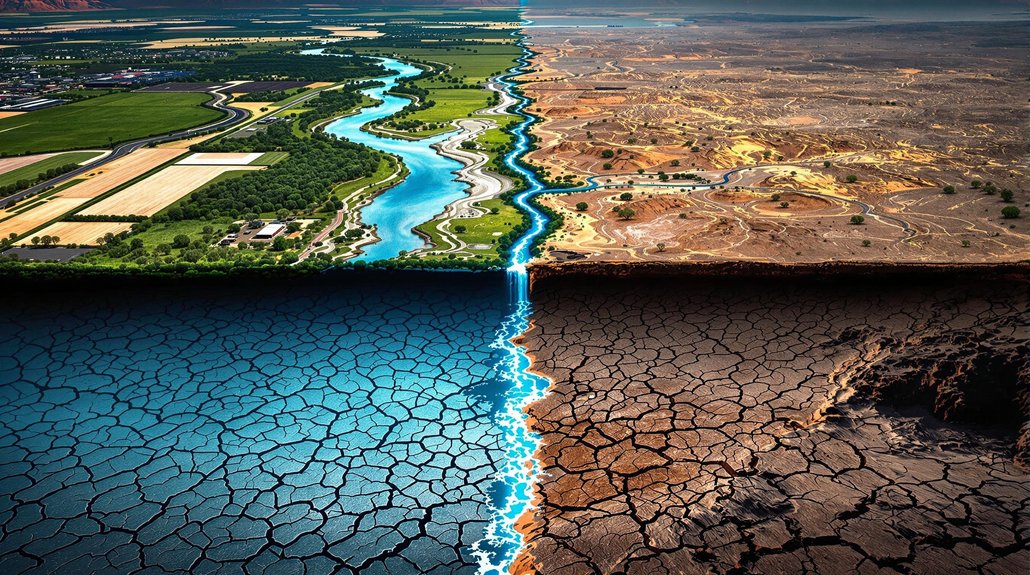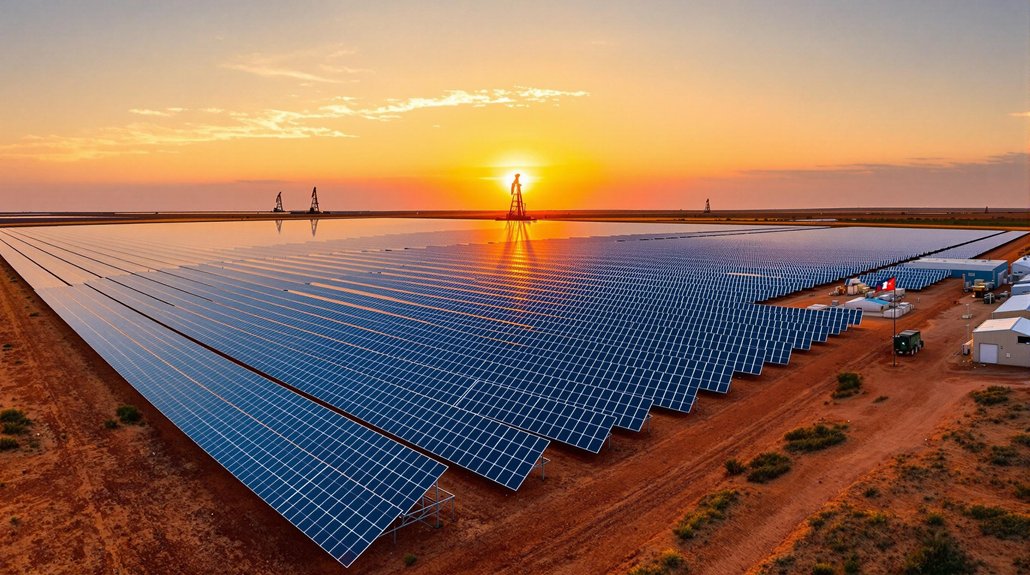Arizona has saved about 25 cubic kilometers of groundwater over three decades through smart management practices. This success story is now at risk as Colorado River supplies dwindle. Lake Powell and Lake Mead have dropped to 30% capacity due to prolonged drought. With Arizona losing 20% of its river water allocation, pressure on groundwater reserves is mounting. The state’s water management strategy faces unprecedented challenges in a changing climate.
While Arizona’s groundwater reserves have made surprising gains over the past three decades, the state now faces a critical paradox in its water future. Recent research shows that about 10.5 cubic kilometers of groundwater was saved from 1989 to 2019 in the Phoenix, Tucson, and Pinal areas. Another 14.2 cubic kilometers came from surface-water irrigation seepage. These total gains of about 25 cubic kilometers represent five times the annual water demand in these management areas.
These impressive results stem from Arizona’s smart water management practices. The state has encouraged farmers to use surface water instead of groundwater. It has also channeled Colorado River water to areas where it can seep into underground aquifers. These efforts started after heavy pumping from the 1940s to 1970s severely depleted the state’s aquifers.
Arizona’s groundwater success story shows how strategic management can reverse decades of aquifer depletion through calculated water diversion.
The Groundwater Management Act of 1980 created a framework that established Active Management Areas. This law has proven effective, offering a potential model for other regions facing water stress. Scientists used data from NASA’s GRACE satellites to track these changes in water levels over time.
Despite these gains, Arizona now confronts serious challenges. The Colorado River provides 36% of Arizona’s water supply, but it’s in trouble. A two-decade drought has reduced Lake Powell and Lake Mead to just 30% capacity, down from 90% in 2000. Climate change is expected to further reduce river flow. The drying of wetlands and streams has led to ecosystem degradation throughout the state, affecting both wildlife and human communities.
Arizona is already losing about 20% of its Colorado River water share. This puts more pressure on groundwater as a replacement supply. It also means less water is available for aquifer recharge. Researchers are now using advanced techniques like krypton-81 dating to understand groundwater age and dynamics critical for future management decisions. The current rules governing reservoir operations expire in 2026, creating more uncertainty.
The paradox is clear: while Arizona has successfully built up its groundwater reserves through smart policies, climate change threatens to undo this progress. The state’s water managers now face the challenge of adapting to a drier future while preserving their hard-won groundwater gains.








